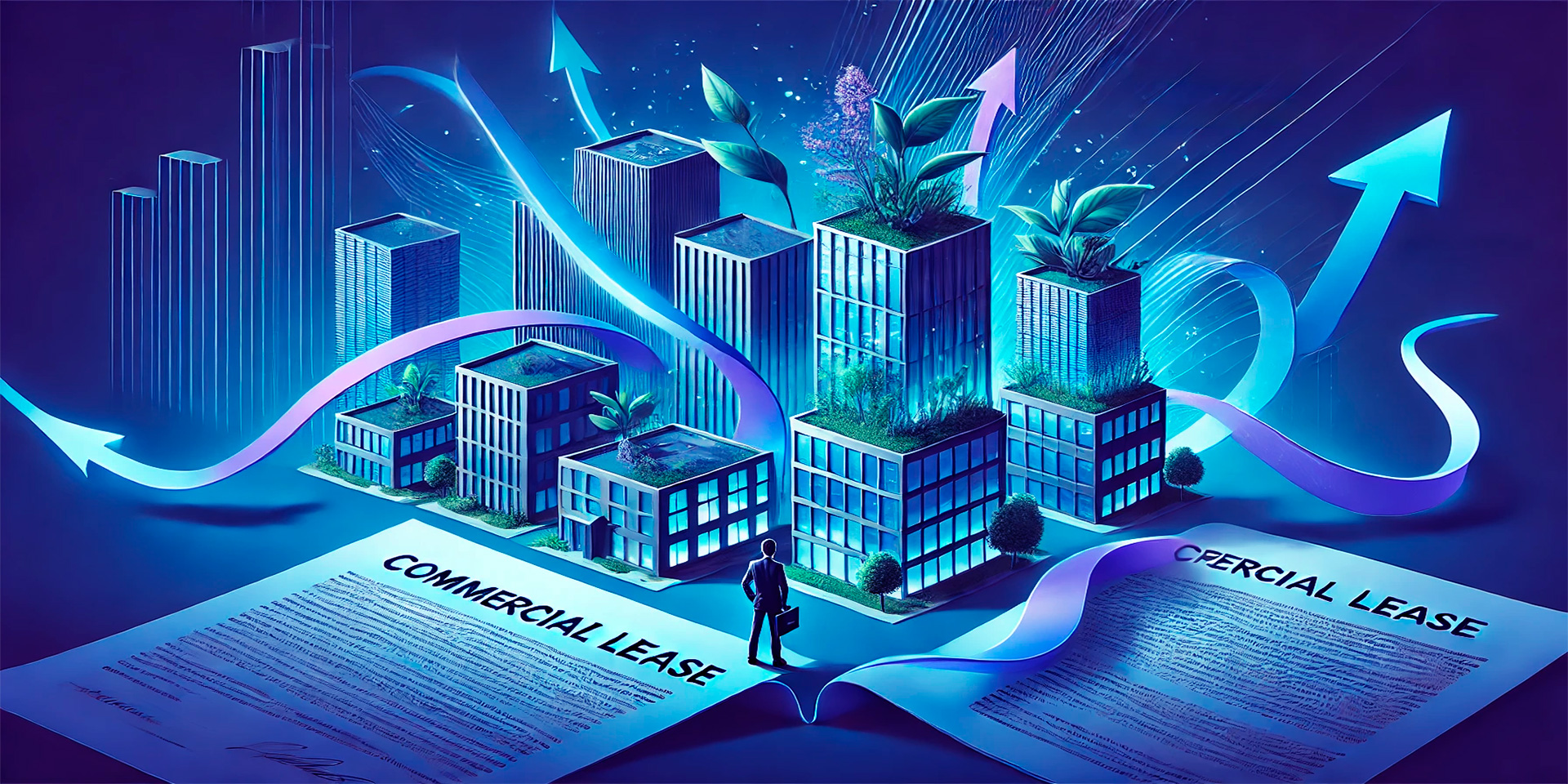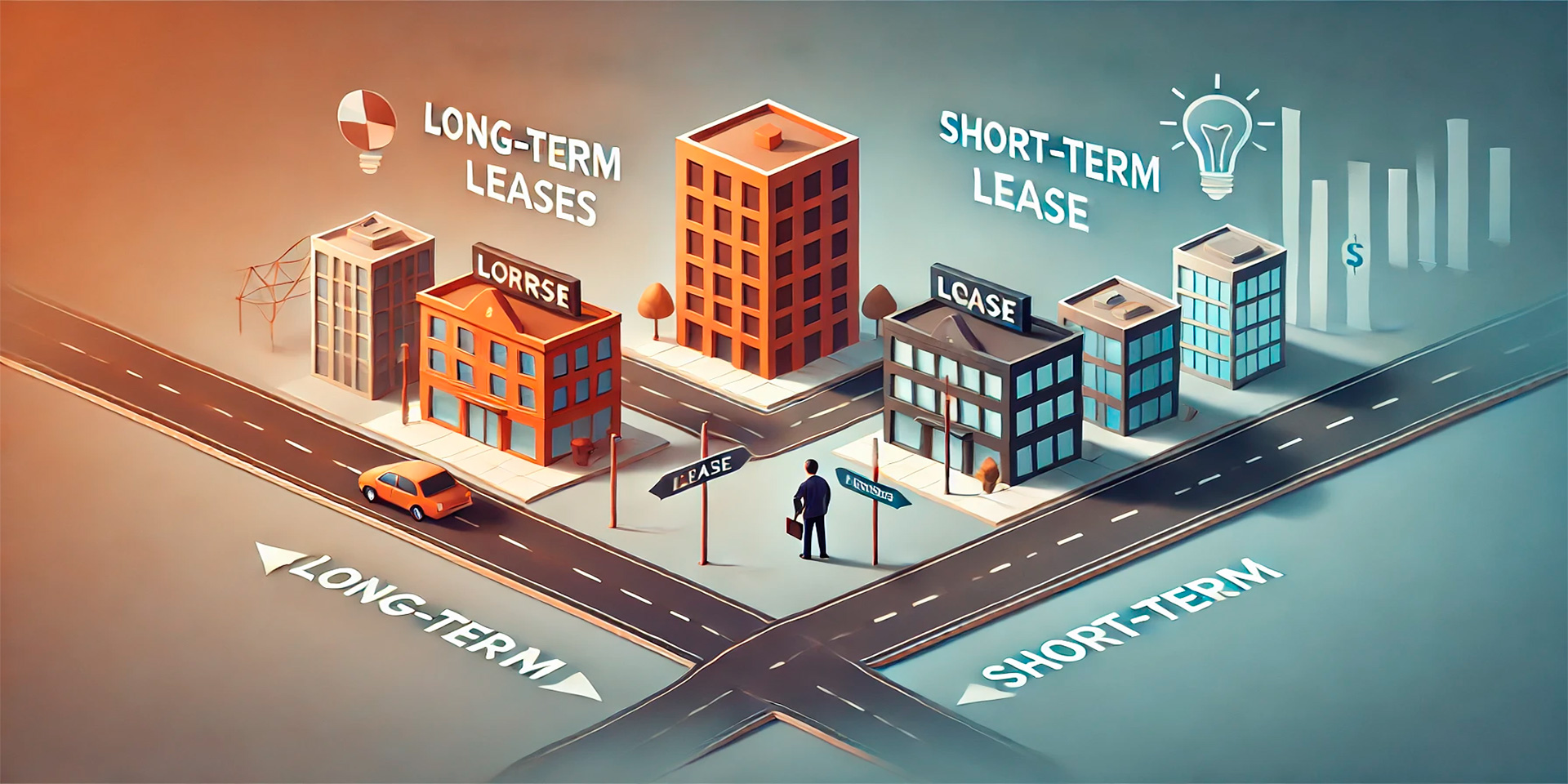The Federal Reserve’s interest rate decisions have a significant impact on small business growth and investment. Small businesses, which often rely on affordable loans to fund their expansion and day-to-day operations, can feel the effects of rate changes more acutely than larger corporations. When the Fed raises or lowers interest rates, it influences borrowing costs, credit availability, and overall economic conditions, all of which are crucial to small business owners. In this article, we’ll explore how changes in Fed rates affect small business growth and the ability to invest in new opportunities.
Understanding the Fed’s Role in Interest Rates
The Federal Reserve, commonly known as the Fed, sets the federal funds rate, which is the rate at which banks lend money to each other overnight. Although this rate directly affects only short-term interbank lending, it has a ripple effect across the broader economy. When the Fed changes this rate, it influences the cost of borrowing for individuals and businesses alike.
A lower federal funds rate makes borrowing cheaper, encouraging businesses to take out loans, invest in expansion, hire employees, and purchase equipment. Conversely, a higher federal funds rate increases borrowing costs, which can lead to reduced investment, slower growth, and even cuts in business spending.
For small businesses, which often rely heavily on credit to finance their growth, changes in the Fed rate can have profound implications for their ability to invest and expand.
Impact of Rising Fed Rates on Small Business Borrowing Costs
When the Fed raises interest rates, it becomes more expensive for small businesses to access capital. This can impact their ability to fund critical growth initiatives, from expanding operations to purchasing inventory or hiring new employees.
Higher Loan Costs
The most direct impact of rising Fed rates on small businesses is the increase in loan costs. Many small businesses rely on bank loans, lines of credit, or Small Business Administration (SBA) loans to finance their growth. As the Fed raises rates, banks and other lenders increase the interest rates they charge on these loans.
For example, if the Fed increases rates by 0.5%, the interest rate on a business loan could rise from 4% to 4.5%, leading to higher monthly payments. Over the course of a multi-year loan, these additional costs can add up, limiting a business’s ability to invest in other areas, such as marketing, hiring, or product development.
Difficulty Securing Credit
In addition to raising borrowing costs, higher Fed rates can make it more difficult for small businesses to secure credit in the first place. Lenders become more selective about who they lend to, tightening their requirements for loans. Businesses with lower credit scores or less established financial histories may find it harder to obtain financing, even if they have solid business plans.
For small businesses that rely on short-term loans or lines of credit to manage cash flow, this tightening of credit markets can be particularly challenging. Without access to affordable credit, many businesses may struggle to maintain operations or invest in growth opportunities.

The Effect of Lower Fed Rates on Business Investment
On the other hand, when the Fed lowers interest rates, borrowing becomes more affordable, which can spur small business investment. Lower rates encourage businesses to take out loans for expansion, purchase new equipment, or invest in marketing and product development. This, in turn, helps fuel economic growth by increasing business activity and consumer spending.
Increased Access to Capital
Lower interest rates often mean that banks and other lenders are more willing to extend credit to small businesses. With more favorable lending conditions, small businesses can access the capital they need to grow without the burden of high interest payments. This increased access to capital allows businesses to pursue opportunities that were previously out of reach.
For example, a business owner might be able to secure a loan to open a second location, invest in a new product line, or hire additional staff to meet growing demand. With lower borrowing costs, these investments become more feasible, allowing businesses to expand more quickly.
Boosting Business Confidence
Lower Fed rates also contribute to business confidence, as small business owners feel more optimistic about the economy and their prospects for growth. When borrowing costs are low, businesses are more likely to take risks, invest in new projects, and expand into new markets. This creates a positive feedback loop: as businesses invest and grow, they hire more workers and generate more revenue, which fuels further growth.
Small businesses are often seen as the backbone of the economy, and their increased confidence during periods of low interest rates can help drive broader economic growth.
How Fed Rate Changes Affect Small Business Spending
Beyond borrowing and investment, changes in the Fed rate also impact small business spending behavior. Whether the Fed is raising or lowering rates, these shifts can influence how businesses manage their budgets and make financial decisions.
Cutting Back During Rate Hikes
When interest rates rise, small businesses often face higher operating costs. Not only are loans more expensive, but everyday costs such as rent, utilities, and supplies may also increase as the cost of doing business rises across the economy.
As a result, many small businesses may cut back on discretionary spending, such as marketing, new product development, or hiring. Instead of expanding, businesses may focus on maintaining current operations and conserving cash to cover higher financing costs. In some cases, small business owners may even delay planned investments or put growth initiatives on hold until interest rates stabilize.
Increased Spending During Rate Cuts
Conversely, when the Fed lowers rates, small businesses are more likely to increase spending. With cheaper access to capital, businesses can invest in growth initiatives such as expanding their workforce, upgrading technology, or increasing their marketing efforts.
For example, a small business might take advantage of lower borrowing costs to purchase new equipment or renovate its premises. The reduced financial burden allows for more strategic investment, giving businesses the ability to position themselves for long-term success.

Interest Rate Hikes and Business Expansion
Higher interest rates can have a chilling effect on business expansion. Small businesses, which often operate on tighter margins than larger corporations, are particularly vulnerable to rising borrowing costs. As interest rates increase, many small businesses may decide to scale back or delay expansion plans.
Delayed Expansion Projects
If a business was planning to open a new location, purchase a competitor, or invest in new infrastructure, rising interest rates may cause them to rethink those decisions. Higher financing costs make it more expensive to take on debt to fund expansion, and many business owners may opt to wait for a more favorable economic environment.
In some cases, businesses that already secured financing before interest rates rose may still feel the pinch, as higher costs can cut into their profit margins. The increased expense of servicing existing debt may force some businesses to delay future growth plans until rates stabilize.
Consolidating and Reducing Risk
For small businesses already operating in a challenging economic climate, higher interest rates may encourage owners to focus on consolidating operations and reducing risk. Instead of expanding, businesses may prioritize improving efficiency, reducing costs, and strengthening their core operations to weather the impact of rising rates.
While this cautious approach can help businesses survive during periods of economic uncertainty, it may also slow overall growth in the small business sector.
Strategies for Managing Interest Rate Increases
As small business owners navigate the effects of rising interest rates, there are several strategies they can employ to manage increased borrowing costs and protect their businesses from the impact of higher rates.
Refinance Existing Debt
One of the most effective ways to manage rising interest rates is to refinance existing debt before rates increase further. By locking in a lower, fixed interest rate on loans, small business owners can protect themselves from future rate hikes and reduce the overall cost of borrowing.
For businesses with variable-rate loans, refinancing into a fixed-rate loan can provide stability and predictability, making it easier to budget for loan payments and plan for future growth.
Focus on Cash Flow Management
In a rising-rate environment, managing cash flow becomes even more critical for small businesses. By closely monitoring cash flow, business owners can identify potential shortfalls and take steps to address them before they become problematic. This might involve reducing unnecessary expenses, negotiating better terms with suppliers, or increasing the speed at which customers pay invoices.
Having a clear understanding of cash flow allows businesses to make more informed decisions about borrowing, spending, and investing.
Explore Alternative Financing Options
If traditional bank loans become too expensive due to rising interest rates, small businesses may want to explore alternative financing options. These can include peer-to-peer lending, invoice factoring, or even crowdfunding. While these options may come with their own risks and challenges, they can provide access to capital when traditional loans are out of reach.
Conclusion: Preparing for Fed Rate Changes
The Federal Reserve’s interest rate decisions have a direct impact on small business growth, affecting everything from borrowing costs to investment opportunities. When rates rise, small businesses may face higher loan payments, reduced access to credit, and increased operating costs, leading to a more cautious approach to expansion and spending. Conversely, lower interest rates can stimulate business investment by providing easier access to affordable capital.
By understanding how changes in Fed rates influence borrowing and investment decisions, small business owners can make more strategic financial choices, whether by refinancing debt, focusing on cash flow, or exploring new financing options. Staying informed about the Fed’s monetary policy and its impact on the broader economy will be essential for navigating the challenges and opportunities ahead.




